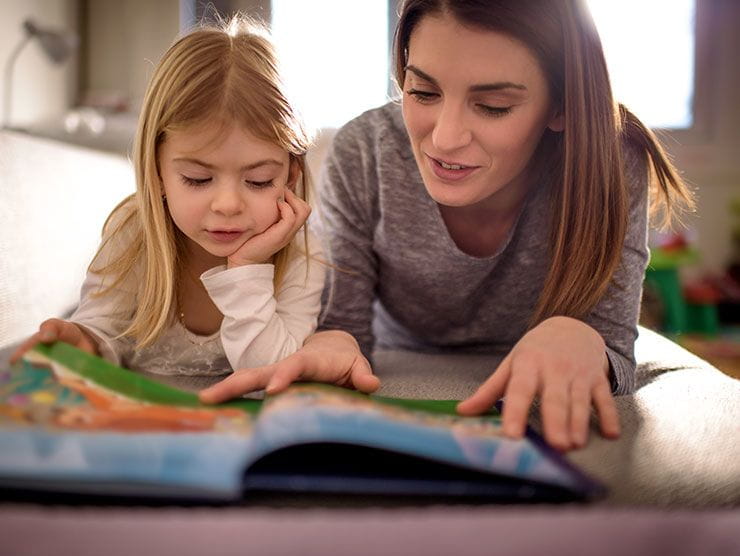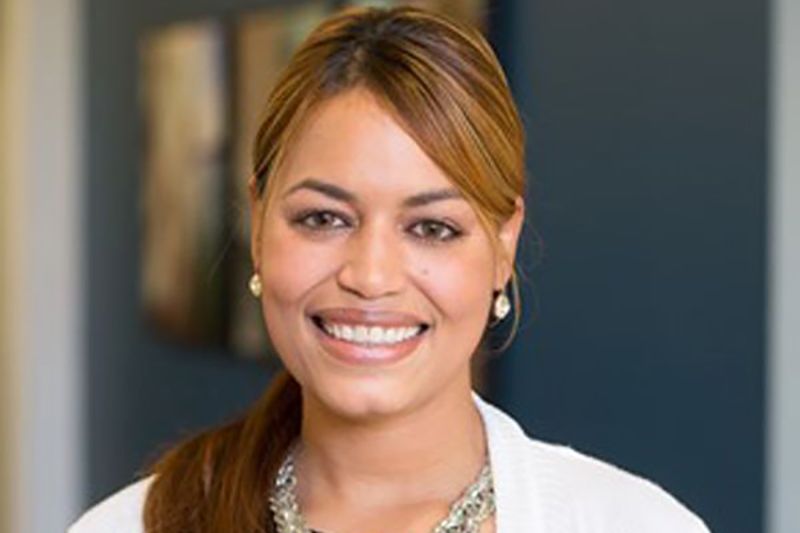Recent events placing anti-racism front and center have people asking themselves what they can do better. For parents, there’s an extra layer of soul searching about how to raise authentically anti-racist kids.
But practically speaking, how do you do that? What can you do to genuinely lay the groundwork for children who understand what social justice means?
“It’s a great question,” said Rachel Robertson, Bright Horizons vice president of learning and development, on our 2020 webinar, Raising Anti-Racist Kids: What to Say and Do. “You're not sitting your children down and telling them something and then it’s over,” she said. “It's about what you’re doing all the time.”
MAKE ANTI-RACISM YOUR FAMILY CULTURE
Talking to your kids about racism is one way you can raise anti-racist children. So, what else can you do to bring anti-racism into your child’s world? Here are five ways to get started.
- Look critically at your books and toys. Families often gravitate to stories and toys that feel familiar. But that limits your children’s worldview to people who look just like them. Worse, some of the old favorites we knew from childhood may actually perpetuate racial bias. Likewise, choose play figurines with the same critical eye on diversity. “Diversity can be found in stories and toys,” says Rachel. “But you have to intentionally seek them out.”
- Expand and broaden your circle. The same tendencies that limit what we see in playthings can also limit perspectives in real life. “Many of us don’t live in places that organically provide multiple perspectives,” says Rachel. If yours is a homogeneous world, step out of it: attend community cultural celebrations; visit museums; expand your dining repertoire to new restaurants and foods. The key is to choose activities and ideas your family enjoys. “Do those things where you can learn about or be around people that are different,” says Rachel.
- Model critical thinking and learning. Are you uncomfortable with a situation? Do you feel you could have done something differently — or better? Don’t be shy about sharing. Thinking out loud — “I’m wondering how to answer this question?” “What’s the best way to respond to something someone just said?” — might feel silly at first. But the window into your thought process — the fact that you’re processing these things at all — shows a willingness to learn, and helps children to become comfortable challenging their own thinking.
- Build curiosity and empathy. Events in the news can be too big for children to grasp. Role-playing takes it off the big national stage and frames it in a way children can understand. Talk about an example and act it out. Find teachable moments in books and ask children if they know what the character is thinking. More than merely explaining what racism is, such thoughtful engagement translates to how it feels, and helps children understand why anti-racism matters so much.
- Tap into fairness and justice — and take action. Racial injustice doesn’t only happen on the world stage; it’s on the school bus, the playground, in class. Talk together about tangible ways to stand up to discrimination and injustice — whether that means acting boldly in the face of unfairness you encounter, or exploring how to contribute to justice on a larger level.
Most of all, remember what anti-racism means: it is more than one action or a single philosophy. The act of including people is more like a language you incorporate into your vernacular — the more you speak it, the more it becomes a natural part of your family’s core and everyday life.
TEACH. PLAY. LOVE. PODCAST: LET’S TALK ABOUT RACE
Listen to this important discussion and get advice from our early childhood experts about how you can start (and continue) the discussion of race with children of all ages.





